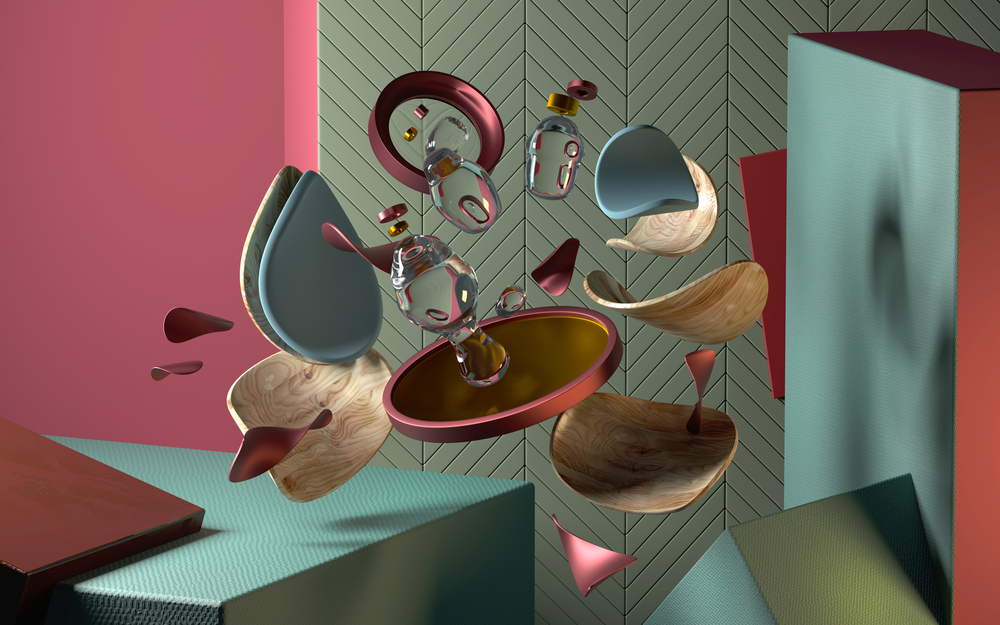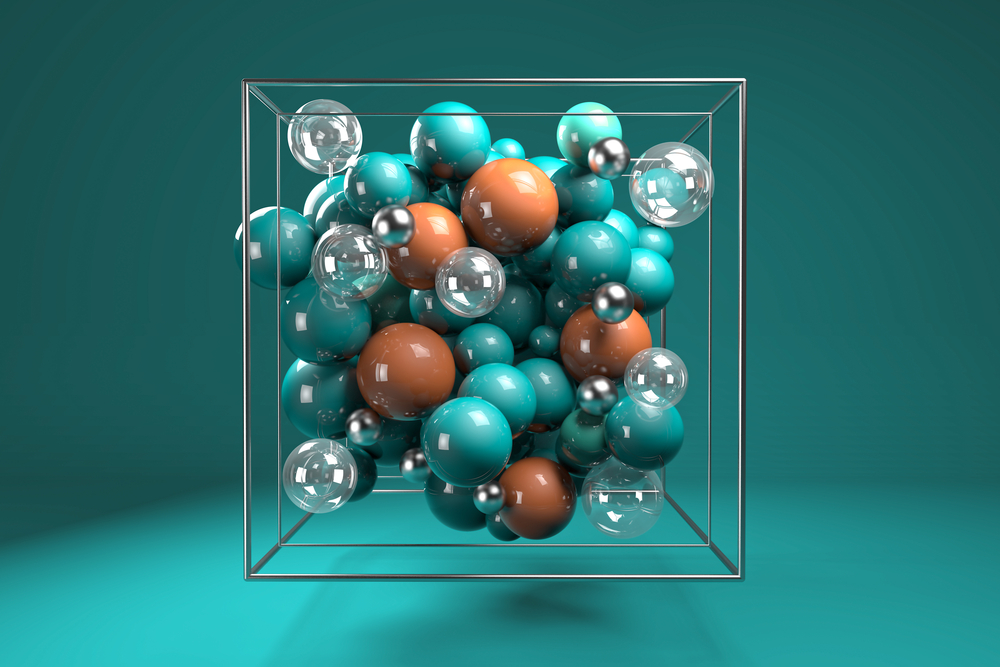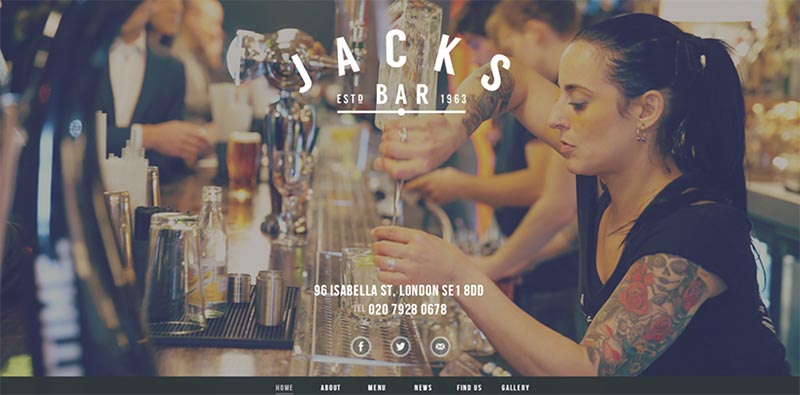Details Matter: How Microinteractions Enhance Interfaces & User Experience
In UX and UI design, it’s the little things that count. Microinteractions, though small and often overlooked, are a testament to this belief. These seemingly insignificant elements aren’t at the forefront of user satisfaction and engagement. It’s easy just to dismiss microinteractions as mere decorations, but there is more to them than just aesthetics—they humanize digital interfaces and make them feel more responsive.
Why are these small elements are so important for user experience? Dive in to read more about how they shape user behavior, enhance interfaces, and build trust with the users.
The essence of microinteractions
Microinteractions are design elements that focus on achieving a single, specific task within a larger user interface. They are often used to provide feedback, guide tasks, connect actions to results, or add some fun to an interface. For example, the “like” animation on a post, the spinner when pulling down to refresh content, or the vibration feedback when a button is pressed on your phone. In a broader sense, these small design elements enhance user experience by making digital interactions feel more human, intuitive, and engaging.
Yet, microinteractions aren’t simply random effects or animations. They consist of:
- Triggers that initiate the microinteraction. This could be user-initiated interaction, like clicking on a button, or system-initiated interaction, like an alert for a new email.
- Rules that define what happens once a microinteraction is triggered. What happens if a user pulls down to refresh a page or clicks a button?
- Feedback that the user sees during the microinteraction. This can be the loading icon, a short vibration, or the animation of a button.
- Loops and modes that determine the meta-rules of the interaction. How long does feedback last? What happens if the action is repeated?
The core functions of microinteractions
The microinteractions concept was first popularized in Dan Saffer’s book Microinteractions: Designing with Details. He highlights three core functions of microinteractions:
1. Communicate feedback or result of action
When users interact with a digital product, they expect to see a reaction to their action. It’s a digital acknowledgement that translates to “Your action is registered.” This feedback can be shown in several ways:
- Visual: icons, animations, or color changes
- Auditory: sounds or alerts
- Haptic: vibrations or physical responses
2. Accomplish an individual task
At the heart of every microinteraction, there is a specific function. It’s not just about creating a pleasing experience, but helping users achieve their goals with minimal efforts. The best microinteractions feel intuitive, clear, and easy, so users spend less time figuring out how to do what they want or need to do.
3. Enhance the sense of direct manipulation
Direct manipulation is a principle in UI design that emphasizes the direct interaction with objects presented to the user, allowing for immediate feedback. It includes elements of:
- Tangibility: microinteractions can make a digital interface feel almost tactile.
- Real-time response: immediate reactions to user inputs reinforce the feeling of control.
- Immersion: they help users become more engaged in their actions.
Leveraging the Depositphotos library for creating microinteractions
Designing microinteractions requires a keen eye not just for functionality, but for aesthetics. Small elements are essential for elevating user experience, and where better to find inspiration and resources for them than the Depositphotos library? We have millions of ready-to-use graphics, vectors, and illustrations that can be integrated directly or with slight modifications. They can become the base for your microinteraction, accelerating your design process and making it easier.
Explore Depositphotos Library
The science behind microinteractions
1. The brain’s predilection for feedback
Humans are intrinsically wired to seek feedback. From childhood, we learn by interacting with our environment and receiving responses. This process helps our brain understand the cause and effect of our actions. When a user performs an action, such as clicking a button, and that results in a reaction, it forms a loop of action and feedback. This not only provides assurance, but also a feeling of control.
2. Pleasure principle and dopamine rewards
The brain’s reward system, especially the release of dopamine, has an important role in driving our behaviors. Pleasurable experiences or even the anticipation of them can cause a dopamine surge. A nice microinteraction, like a playful animation after completing an action, can act as a small reward. Over time, this can drive users to engage more with your interface and chase such micro-moments.
3. The Zeigarnik effect
The Zeigarnik effect states that people remember uncompleted tasks better than completed ones. Our minds have a predisposition to seek closure. By providing feedback about the progress or completion of a task—like a loading bar or a checklist animation—microinteractions cater to this cognitive desire, offering mental resolution and satisfaction.
4. Desire for consistency
Our brains continuously make predictions based on previous experiences. When an interface behaves consistently, confirming our predictions, it reduces cognitive load and enhances user satisfaction. Repeatedly consistent microinteractions, like the same animation for a particular action, help in setting user expectations, making the experience more intuitive.
5. The aesthetic-usability effect
Research has shown that users perceive aesthetically pleasing designs as more usable, even if they aren’t functionally better. This means that a well-designed microinteraction not only adds functional value, but also elevates the overall aesthetic appeal of an interface. This can, in turn, enhance the perceived usability and foster user trust.
6. Enhanced attention
Our brains are wired to notice and remember distinctive details, especially those that stand out in an environment. A unique microinteraction can capture user attention, highlighting important features or guiding them through a desired user flow.
To wrap up
While the larger elements of an interface are essential, small interactions are crucial in determining how users engage with and navigate your interface. As explored, these small design elements can influence user behavior, capture their attention, and enhance overall user satisfaction. Of course, designing from scratch can sometimes be time-consuming. But with the Depositphotos library with 270 million images, videos, and music files at your disposal, you have a head start in creating microinteractions and ensuring projects stay on schedule.
Explore Depositphotos Library
Other articles you might find interesting
What is Digital Design? A Comprehensive Guide on its Types, Tools, and Best Practices
Fall Color Trends 2023: Captivating Palettes, Curated Collections & Design Inspiration
Your Essential Guide to Adaptive Design: Key Principles and Techniques









